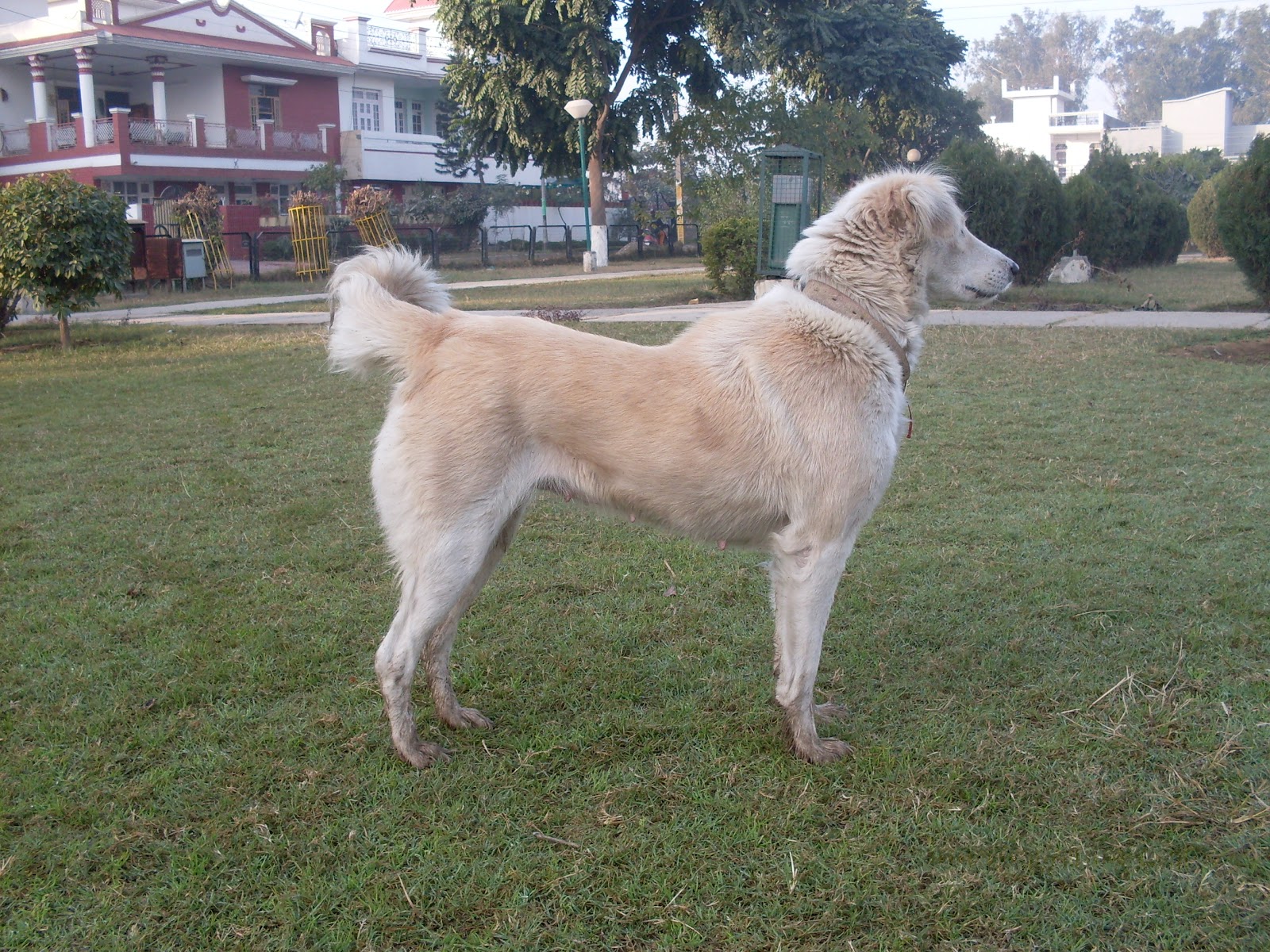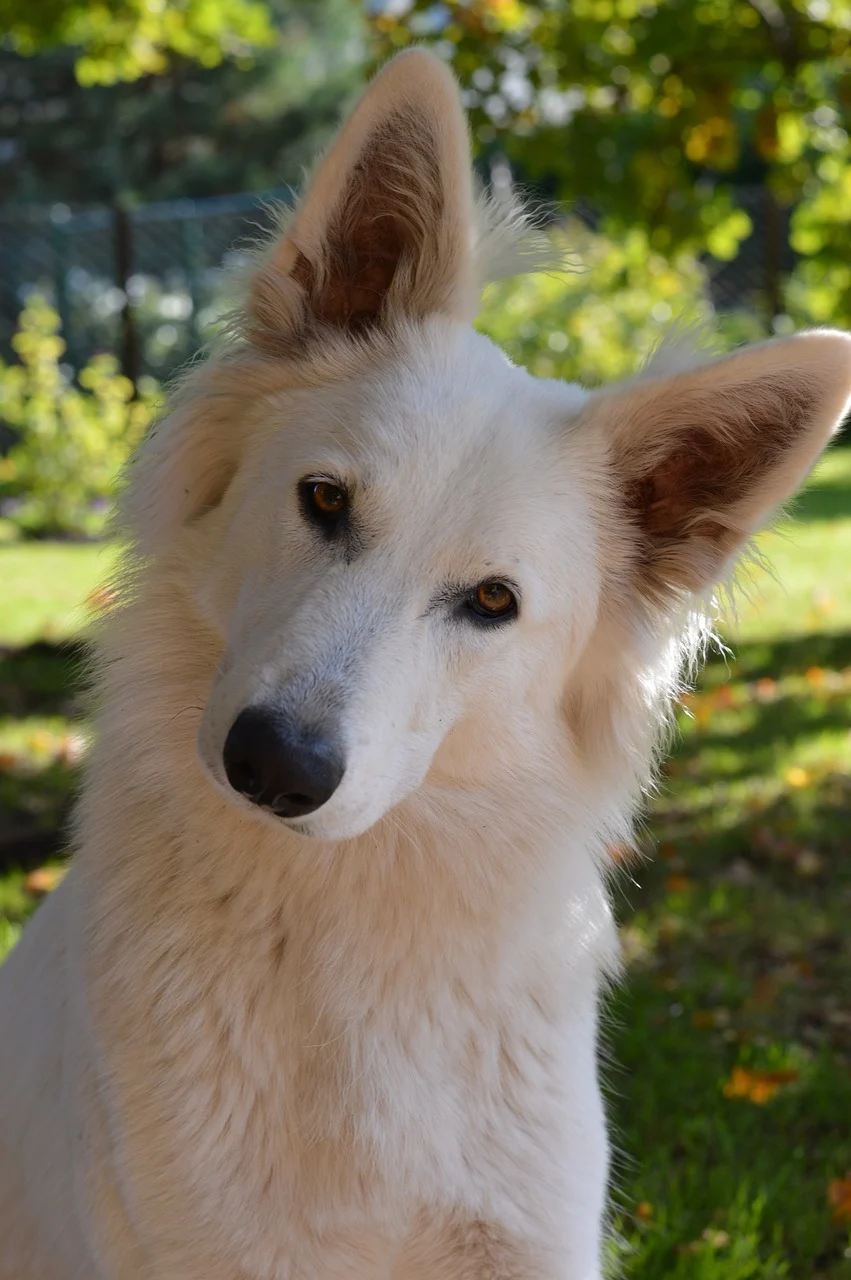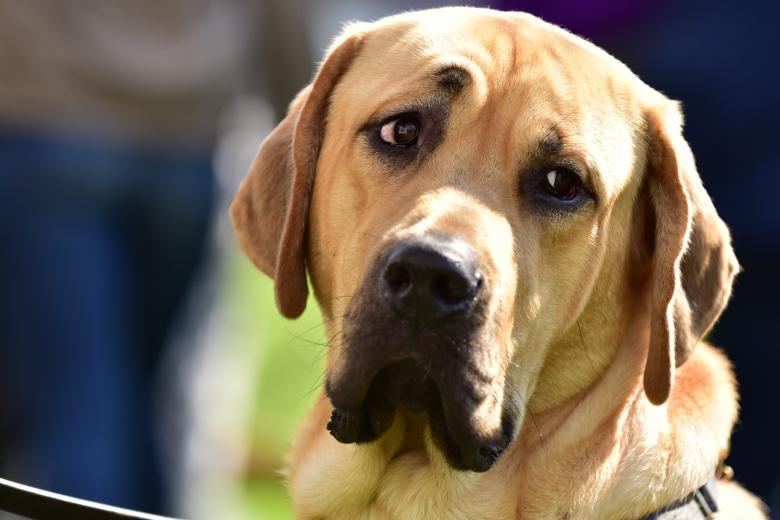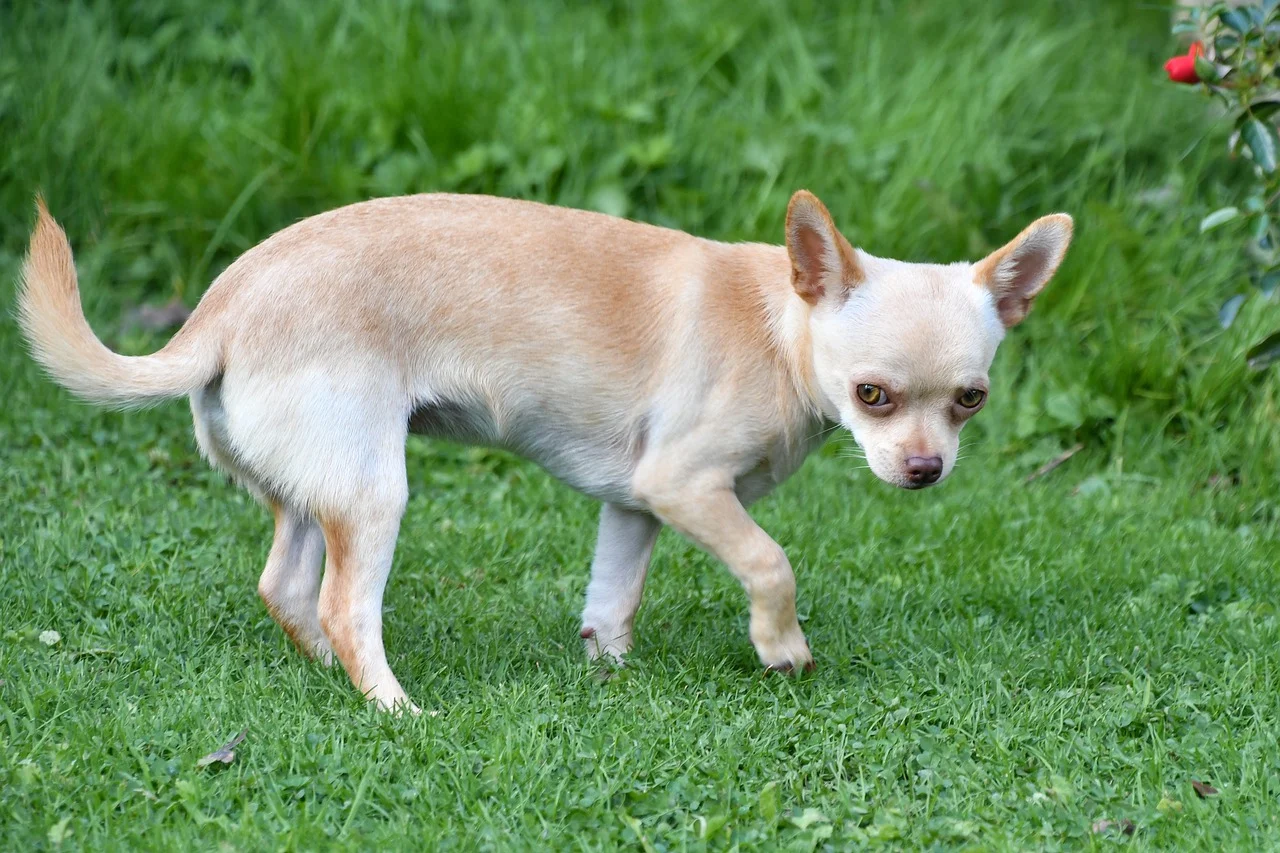How To Read Your Dogs Body Language
How To Read Your Dogs Body Language
As humans, we communicate with one another through verbal and non-verbal communications. We have use of our words, facial expressions, body language and tone of voice to get our message across. It can be "ruff" for your dog to communicate all the things they want to convey to you. They express their emotions through posture, facial expressions, body movements, and vocally like barking, whining, whimpering, growling and howling (but we'll save that for another future post 😃). Understanding their body language can be beneficial to help identify what emotion they are feeling and/or what their intentions are.
Communication and connecting is what makes the bond stronger between you and your pet. Like you, they feel the same emotions- happy, sad, anger, joy, fear, anxiety, stress and more.
As a dog lover and previous owner of two chihuahuas (not at the same time), I feel it is important to take the time and responsibility to acquaint yourself with some of the signals and messages that your dog is communicating with you.
"According to veterinary behaviorist Dr. Melissa Bain, a professor of clinical animal behavior service at UC David School of Veterinary Medicine, visual communication is especially important for dogs because it can be switched on or off instantly based on the outcome of an interaction." (https://www.greatpetcare.com/dog-behavior/dog-body-language-guide-how-to-read-your-dog-like-a-pro/)
Some signals can be more obvious than others so let's dive into this in a bit more detail by looking into some of the most common signs of a dog's body language.
Relaxed
When your dog feels safe and comfortable within their environment, they are at their most relaxed state. How can you tell if they are in a relaxed state? Eyes are wide-eyed and bright, ears and head is raised up, posture is straight.
Confused
Bored
Relaxed, lazy, lying on the floor, no eye contact, neutral on greeting.
Sad
Nervous
Yawning, pointedly look away, stubborn, avoid eye contact.













.gif)
Comments
Post a Comment